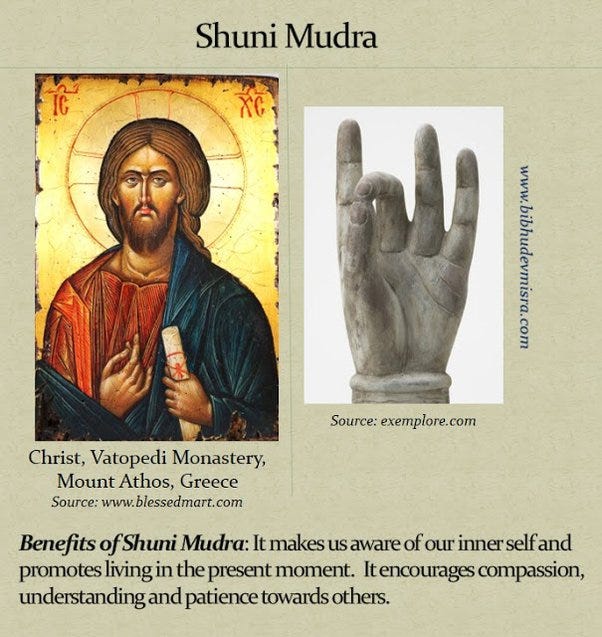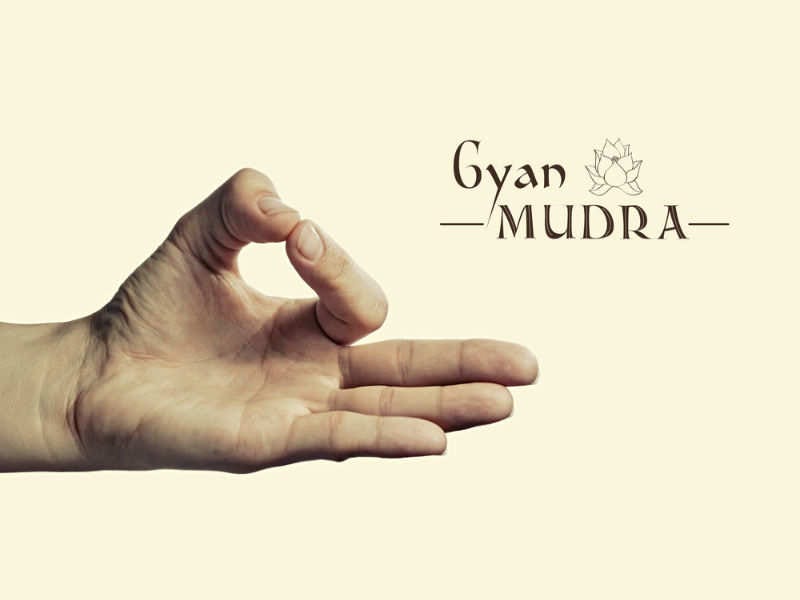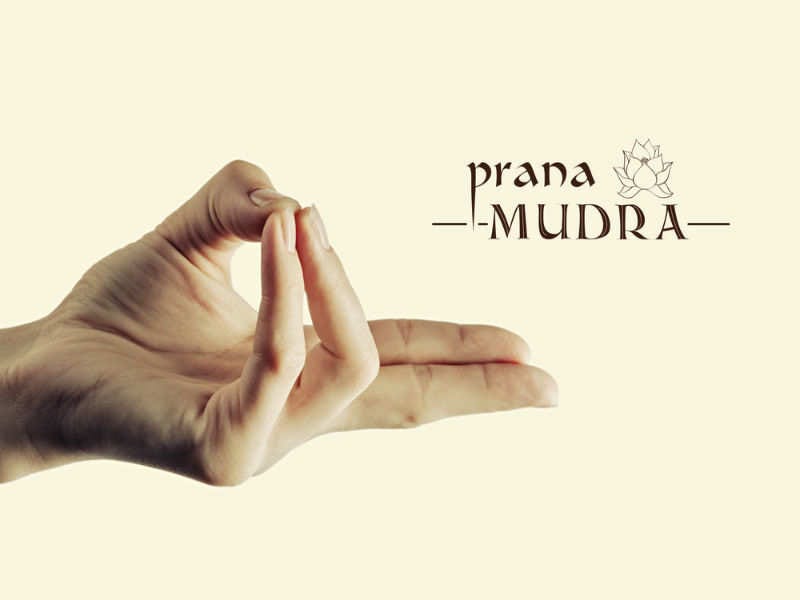In 2017, leaders of India’s BJP party in Telengana state held a workshop to plan how to take power at the following year’s election – a big ask, given they needed 55 more seats for an absolute majority of 60.
But attendees were convinced the training classes held a secret weapon. Alongside lessons in party ideology and structure, cultural nationalism, and yoga and its benefits, they were taught mudras, or “spiritual hand gestures”, by yoga guru Aruna, zeroing in one in particular: the kubera mudra.
“The yoga teacher gave tips to party leaders on how to de-stress since they are involved in public life,” a senior BJP leader told the Deccan Chronicle. “She showed some useful mudras out of 108 mudras. But the most appealing mudra to all BJP leaders was the kubera mudra, since the teacher said it’s the mudra of wealth and fulfils one’s desires.”
Another BJP leader said, “Everyone there is eyeing MLA and MP seats. Naturally, that mudra was quite appealing.”
Did they storm to triumph? Sadly for the BJP, the party went on to lose four of its five seats in the state elections – though they did increase their national representation from one to four in the 2019 vote. Maybe the latter mob were more motivated?
Mudras hold an important role in Hinduism and Buddhism. Think of them as the physical equivalent of a mantra. They’re widely known as hand postures with specific finger placings, but can also be body or eye positions.
Different mudras are said to produce different outcomes and states of consciousness. As they’re said to help energy flow around the body, there’s the usual Witness Space gap of not being able to explain the mechanism in materialist terms
But even if mudras do operate on an etheric level, the physiological effects – at the level of form – can surely be observed and tested. And that’s what a few early papers looking at mudras are starting to suggest. Research, in words I’ve typed here before, is in its infancy.
But first, some theory. In 1975’s Mudras, Yogacharya says there are three levels of mudras: classical Indian dance, Hindu worship, and yoga and tantra.
So in dance, a mudra can be a gesture: “Important things should not be brought to the gross level of verbal communication,” he says. Instead, it’s a form of communication within the body itself.
And in the case of yoga, the neuromechanics are, he says, as follows. There are 10 vertical channels for each finger and toe, and 10 pranic (life force) areas, five major, five minor. Touching fingers creates closed circuits to stop energy loss or build energy.
And it’s not just Hinduism that has mudras. This is namaskar mudra, the hand position adopted by Christians for prayer, and is said to direct breath or energy into the heart centre, allowing for the union of the body with the Divine energy.
And look at this representation of Christ in Greece’s Vatopedi Monastery, built in 972.
In Mudras: Yoga in your Hands, Gertrud Hirschi notes the similarity of teachings across cultures. Gyan mudra, without which no kundalini yoga class would exist, sees the thumb (the Divine) and index finger (individual consciousness) touch, expressing the longing for the two to meet.
And in Chinese Five Element Theory, the touching of the thumb (intuition/inner energy) and index finger (inspiration/outside energy) forms a closed loop – and the two meet.
Hirschi talks of humans as being individual energy fields or spheres, like various coloured swaths of fog mixed together but holding their own, which is a great mental image. How many swaths she doesn’t know. Some say five, some seven or 12. Physical existence is one swath, chakra and nadi vibration another.
Even apart from finger positions closing energy loops on a subtle plane, there are known physical relationships between parts of the body. Nerves run through the vertebral foramina in the arms, hands and fingers from the neck. And spreading the fingers triggers a reflex that makes the chest vertebra stretch, increasing the tidal volume of the lungs.
Hand nerves also occupy a greater part of the brain than the arms and legs. Significant? Possibly.
Hirschi mentions a practical exercise inspired, he says, by German breath-therapy pioneer Ilse Middendorf’s discovery of a direct relationship between the fingers and parts of the lung. (I couldn’t confirm this, but lt’s worth considering.)
The index and thumbs maps to the upper lung, the middle finger to the middle lung, and the little finger to the lower lung. Touch any combination of fingers together: can you feel a sensation in your lungs? Where?
So is there any physical evidence that such energy is flowing in the body and can be augmented by mudras? Researchers in the Department of Bioenergy at Bengaluru’s Yoga University in India would say: we’ve found statistically significant results of something. (Most good science isn’t ever a clear yes.)
That something is described in a 2018 paper in the International Journal of Yoga. They used electrophotonic imaging (EPI) to capture coronal discharge from the 10 fingers on a glass plate, similar to the Kirlian effect. They then processed the results through an artificial neural network so they could account for the large number of variables.
Sadly, though, there were no pretty pictures of coronal energy discharge from fingers.
The mudra group of 29 practiced prana mudra, said to improve vitality and vision and reduce fatigue and anxiety, first for five minutes. Then, to test whether duration affected the results, they repeated the mudra for 10, 15 and 20 minutes on consecutive days. The control group of 32 sat similarly but without any mudra action.
Results showed five minutes produced a consistent change in effect size for factors including normalised area and average intensity. And there was a “statistically significant difference” for intensity and entropy between 10 minutes and 20 minutes.
The researchers say this indicates a minimum 20-minute session for mudras to take an effect. So it’s showing something, but what? One possible confounder in results: a 1976 study into Kirlian photography of leaves found the level of leaf moisture was largely correlated with corona appearance. Would pressing fingers together for an increasing length of time produce enough extra moisture to change the results?
Like this post? Share it on social media. Next month, research into the effects of mudras, including on blood pressure and anxiety.
Bonus pic
Next week: you’ve had a feeling about something and it’s come true. Coincidence or psi?











